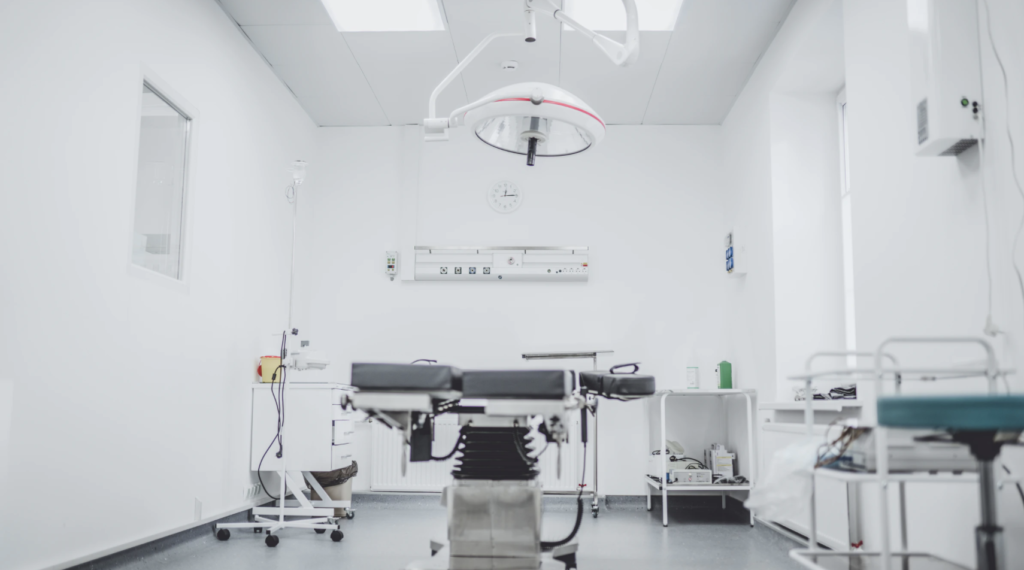How to be prepared for a surgical intervention
You are going to be hospitalized for surgery.

Even mild, surgery is never harmless and requires a number of precautions and preparation, the most important of which are listed below
During the preoperative consultation, you must be informed of the procedures, risks and expected results of the intervention (see Informed consent). You can also ask the surgeon or anesthesiologist questions on the day of your hospitalization. Remember to organize your return home: someone accompanying you back home, planning daily life: help with the toilet, cleaning, shopping, cooking … It is essential to comply with any fasting instructions dictated by the surgeon and confirmed by the anesthetist. Remember that the term “fasting” means no food for six hours before anesthesia. You are not allowed to smoke during the entire fasting process.
Anesthesia
Depending on your history, your general condition (or your desire), a consultation with an anesthesiologist before your hospitalization may be requested by your surgeon. This will allow you to discuss with the anesthesiologist-resuscitator the type of anesthesia (local, loco-regional, general), to assess the risks, and to possibly adapt your current treatments. In the vast majority of cases, the doctor in charge of your anesthesia will call you the day before your surgery and will examine you on the day of hospitalization. Local anesthesia is done by the surgeon.
Pre-operative exams
Almost all hand and upper limb surgeries are done with a pneumatic tourniquet placed at the root of the arm (to operate in bloodless conditions with reduced blood loss and clearer operating field), i.e. without blood loss. A health check (blood test, electrocardiogram, etc.) is not systematic. However, any current illness, acute or chronic, must be reported: diabetes, hemophilia, epilepsy, hepatitis … Similarly, any old illness that has left its after-effects (heart disease, heart attack, stomach ulcer …) must be mentioned. You will receive a questionnaire by e-mail which must be completed and brought on the day of hospitalization.
Medication
A medication in progress must be known: taking antibiotics, neuroleptics, antihypertensive drugs, etc., especially for drug interactions. Taking oral anticoagulants (Sintrom®, Previscan®) requires their discontinuation and their replacement if necessary by a low molecular weight heparin (Fraxiparine®, Lovenox®…). This relay will be organized by your anesthesiologist in consultation with the attending physician and/or the cardiologist. Aspirin Cardio® can, in most cases, be continued. However, stopping is recommended during procedures that cause bleeding such as those on the bone (7 to 10 days before the operation). The possible discontinuation of Plavix® will be discussed during a specialist consultation (cardiology). In case of doubt or questions, your anesthesiologist or surgeon is at your disposal. Allergies must be reported during the consultation with the surgeon in order to mention them on your hospitalization file.
Skin preparation and aseptic measures
The day before your hospitalization and before going to the establishment, a full shower (hair and body) with foaming Betadine® or Hibiscrub®, in case of allergies, is required. A prescription for the product will be provided during the consultation with your surgeon. Take off your rings and jewelry, cut your nails (optional for women), remove nail polish and makeup. Gel nail polish is exempt. Check for any recent skin lesions.
Entering the hospital
Remember to bring all of your additional examinations (radio, blood work, electrocardiogram, etc.) for your hospitalization.
You will report to the admissions department on the day and at the scheduled time. You will be directed either to the ambulatory surgery service (for stays not exceeding one day) or to the orthopedic service. Upon entering your room, you will leave your street clothes for a so-called “surgical” outfit. The skin of the operated area will be cleaned and the hairs will be shaved if necessary. The member will be wrapped in a sterile cloth to protect it from any new soiling.
Surgery
Once carried out in the operating room and installed on the operating table, the anesthesiologist will anesthetize the upper limb partially or completely (local or regional anesthesia) or will perform general anesthesia. The operative member will be carefully brushed with a disinfectant solution (please report of any allergy: iodine, mercury, etc.) then sterile drapes will be placed. A pneumatic tourniquet, positioned at the root of the arm, will be inflated depending on the blood pressure.
The postoperative period
You will leave the hospital with an appointment with the surgeon, possibly with the occupational therapist, a prescription for medication and postoperative instructions administrative documents (work stoppage, certificates, toilet assistance, household help, etc.) will be given to you during your first postoperative visit (the day after the operation). In the event of hospitalization, your surgeon will visit you on the night of the intervention.
The unpredictable nature of emergencies makes it difficult to guarantee a precise time for your intervention. We apologize for this in advance.
 Français
Français English
English